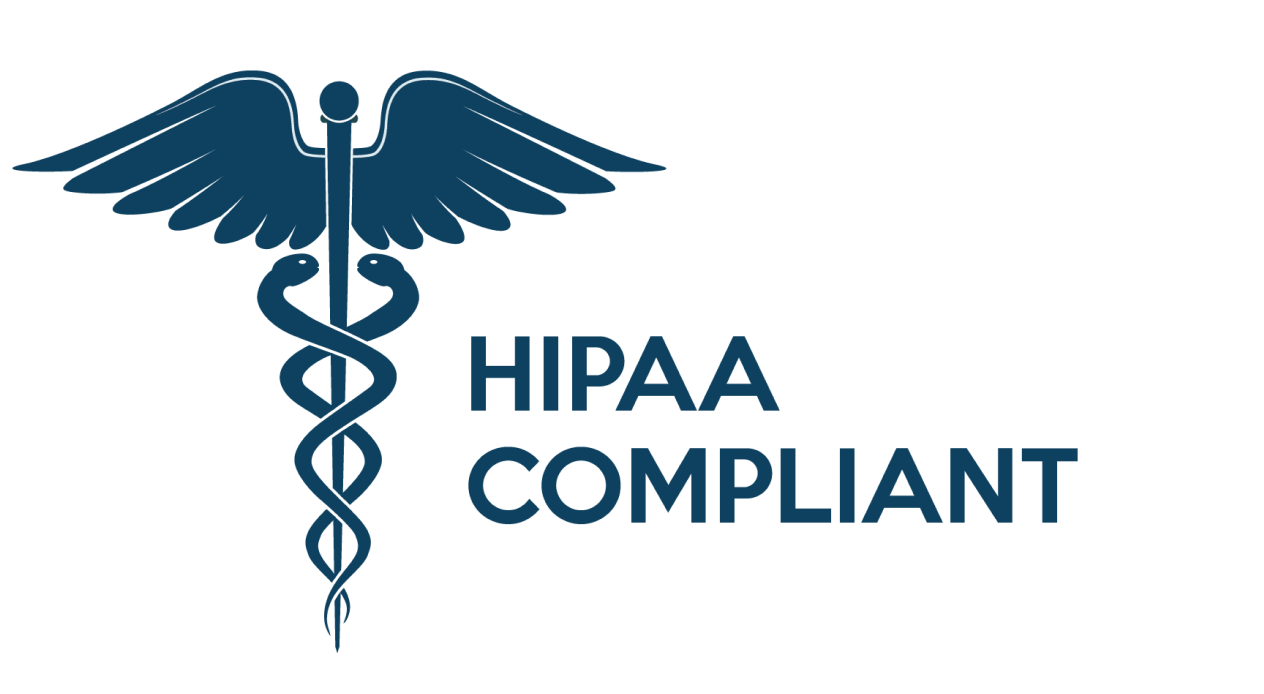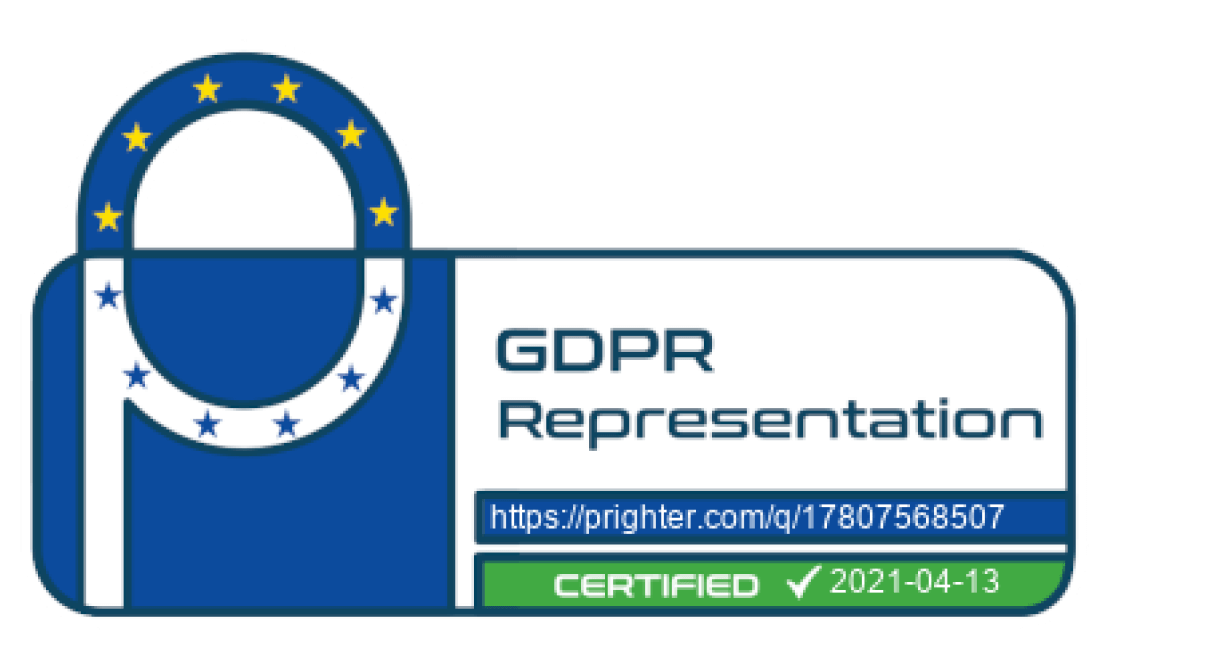How Insurers Can Boost Wellness Program Engagement with Gamification
Insurers are using gamification to engage with customers, improve retention, and drive safer behaviors. It’s also having a major impact on their bottom line.
What is gamification in insurance (and why should insurers care?)
According to the Insurance Journal, “Gamification involves the use of game techniques and elements to influence the behaviors of individuals”and motivate them to meet specific goals. Most often, game techniques involve incentives such as prizes, points, scorekeeping, competition, and teamwork.
Over time, gamification strategies have proven to be influential in areas where people express a strong intention to act without actually acting, such as safe driving, wealth management and financial planning, sustainability, and health and wellness. It’s also especially attractive to younger audiences who are seeking simple, engaging, and digital-friendly services.
Ernst & Young (EY) notes that it is certainly “proving to be a successful way to reach younger generations of consumers, with whom insurers are keen to develop stronger relationships,” adding that within insurance, gamification has emerged as an effective means to engage customers, establish or strengthen brands, educate and train customers and staff, and motivate people to act.
Extending gamification to wellness programs
Insurers have been using gamification for a variety of reasons, including engaging with customers, improving retention, driving safer behaviors, supporting people’s wellness efforts and reducing claims.
That certainly proved to be the case with United Healthcare’s Motion Program which helped organizations improve their employees’ health through an activity tracker and app to record their daily activity. The results were compelling: When 90% of a Florida beverage distributor’s employees participated in the program, healthcare claims dropped by more than half.
According to EY, a global insurer has built a comprehensive online wellness program around gamification with personal challenges around health risks, preventive care, and disease management. The program has reaped impressive results, leading to “increased customer retention, generated valuable risk and behavior data, and enriched customer relationships.”
While many health insurance wellness programs are already using gamification to incentivize behaviors, such as working out more, losing weight, or adopting healthier eating habits, they often don’t have the capability to gamify and incentivize improvements of multiple key health and stress parameters.
Monitoring wellness boosts engagement
The ability to easily monitor key health parameters is where Binah.ai’s Wellness Score changes the rules of the game. End-users can measure an extensive range of physiological health parameters, and get a simple score reflecting their cardiovascular wellness. The score is calculated based on vital signs such as blood pressure, heart/pulse rate, heart rate variability, oxygen saturation, breathing rate, and pulse respiratory quotient (PRQ). It ranges from 1 to 10, with 1 indicating low wellness levels and high cardiovascular risk, and 10 indicating high wellness levels and low cardiovascular risk.
The Wellness Score is easily measured using Binah.ai’s technology. Clients measure their own wellness by taking a one-minute selfie-video using their smartphone cameras. Because Binah.ai’s technology does not require an Internet connection and supports any gender or skin color, clients worldwide can monitor their health data anywhere at any time. By saving and tracking their data, clients can see long term history and trends and discover which choices yield better health outcomes over time.By adding Binah.ai’s wellness score to existing wellness programs, insurance and wellness providers can significantly boost client engagement by giving them a compelling incentive — easily monitoring their own health by running frequent scans and defining their wellness status with a clear score. The score empowers clients to know their risks, improve their lifestyles, and track their own progress. Keeping track of scores enables insurers to reward clients’ efforts — providing strong incentives which keep them constantly engaged.
Putting wellness monitoring in the palm of your clients’ hands
Keeping a close eye on key health parameters has a major payoff for both insurers and clients: monitoring of health data can result in reduced costs for payers and lower clientrisk levels by drawing attention to health issues that otherwise may go unnoticed. For example, about a third of U.S. adults with high blood pressure don’t know they have it. Remotely tracking blood pressure reduces the cost of medical appointments — and helps reduce the number of claims because it enables early response to risk factors.
By integrating Binah SDK, Binah.ai’s Wellness Score can be quickly and easily incorporated into wellness programs and leveraged to set measurable goals and easily assess participant progress; incentivize healthy behaviors and reward clients for health improvements; and encourage clients to monitor wellbeing and prevent onset of health issues. Implementing a wellness score reduces risk and operational costs, while enhancing client engagement and enabling them to take better care of their health. It’s a win-win.
Interested in personalizing your wellness program to suit your clients’ needs? Schedule a demo of Binah.ai’s wellness score now.

 close
close





